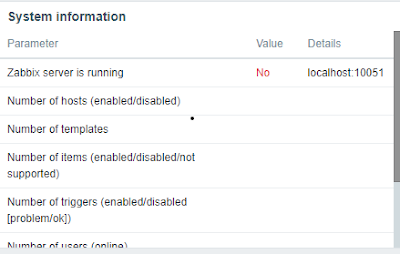TCP/IP Packet Analysis
TCP/IP Packet Analysis
TCP/IP packet analysis is the process of examining network traffic at the packet level to gain insights into the communication between devices on a TCP/IP network. It involves capturing network packets, analyzing their contents, and interpreting the information to understand how data is transmitted and received.
Here's a high-level overview of the TCP/IP packet analysis process:
1. Packet Capture: Network packets are captured using specialized software or hardware tools known as packet sniffers or network analyzers. These tools capture packets from the network interface of a device, allowing you to monitor and analyze the traffic.
2. Packet Filtering: Once the packets are captured, you can filter them based on various criteria, such as source/destination IP addresses, protocols, ports, or specific packet types. Filtering helps focus the analysis on relevant packets and reduce the amount of data to be examined.
3. Packet Decoding: The captured packets are then decoded to extract the information they contain. This involves parsing the packet headers and payload to interpret the protocol-specific data structures.
4. Protocol Analysis: Each layer of the TCP/IP protocol stack is analyzed sequentially. Starting from the network layer (IP), you examine the IP addresses, subnet masks, routing information, and other network-related details. Moving up the stack, you analyze the transport layer (TCP/UDP) to understand port numbers, sequence numbers, acknowledgments, and other transport-related parameters
5. Application Analysis: Beyond the transport layer, the payload of the packets often contains data specific to various application-layer protocols like HTTP, FTP, DNS, etc. The analysis of these protocols involves understanding the structure and purpose of their respective data fields.
6. Traffic Patterns and Behavior: By analyzing packet flows, you can identify patterns in network traffic, such as frequent connections, excessive data transfers, or abnormal behavior. This analysis can help identify network performance issues, security threats, or potential bottlenecks.
7. Troubleshooting and Performance Optimization: Packet analysis is a powerful tool for troubleshooting network issues. By examining packet-level details, you can pinpoint problems like connectivity failures, misconfigurations, packet loss, latency, or network congestion. This information can be used to optimize network performance and resolve issues efficiently.
8. Error Detection and Correction: TCP/IP packet analysis allows you to detect and analyze error conditions within the network. This includes examining checksums and error codes at different protocol layers to identify any transmission errors or packet corruption.
9. Flow Control and Congestion Management: By analyzing TCP packets, you can observe the flow control mechanisms employed by the protocol. This includes analyzing window sizes, congestion avoidance algorithms, and TCP-specific parameters to understand how the protocol manages data flow and handles congestion in the network.
10. Security Analysis: Packet analysis can be a valuable tool for security professionals to identify potential security threats and vulnerabilities. By examining packet payloads, headers, and behavior, you can detect suspicious activities, unauthorized access attempts, malware communications, or other malicious behaviors.
11. Performance Optimization: Through packet analysis, you can identify areas of network performance that can be optimized. This includes analyzing packet timings, round-trip times, packet loss rates, and retransmissions to identify potential bottlenecks and areas for improvement in terms of network latency and throughput.
12. VoIP and Video Streaming Analysis: Packet analysis is particularly useful for examining real-time protocols like VoIP (Voice over IP) and video streaming. By analyzing the Quality of Service (QoS) parameters, packet delays, and jitter, you can assess the performance of these applications and troubleshoot any issues related to call quality or video playback.
13. Bandwidth Usage and Traffic Monitoring: Packet analysis allows you to monitor and measure the bandwidth utilization of different protocols, applications, or devices on the network. This information can help in capacity planning, network optimization, and identifying excessive or inappropriate use of network resources.
14. Protocol Compliance and Interoperability: Packet analysis can aid in ensuring protocol compliance and identifying interoperability issues. By examining protocol-specific parameters, negotiation processes, and protocol behavior, you can assess whether devices or applications adhere to protocol standards and identify any compatibility issues.
15. Real-time Network Monitoring: Packet analysis can be used for real-time monitoring of network traffic. By capturing and analyzing packets in real-time, you can monitor network activities, detect anomalies, and respond promptly to network issues or security incidents.
Remember that TCP/IP packet analysis requires a deep understanding of networking concepts, protocols, and their behaviors. It's important to stay updated with the latest developments in networking technologies and security practices to effectively analyze and interpret network packets.
Throughout the packet analysis process, various tools and utilities are employed, such as Wireshark, tcpdump, or other network analyzer software, which provide features like packet capture, filtering, and detailed analysis capabilities.
It's important to note that TCP/IP packet analysis requires a solid understanding of networking protocols and their behavior. Analyzing packets effectively often requires expertise and experience in network troubleshooting and network protocol analysis.



Comments
Post a Comment